Cambridge Elementary 24-25
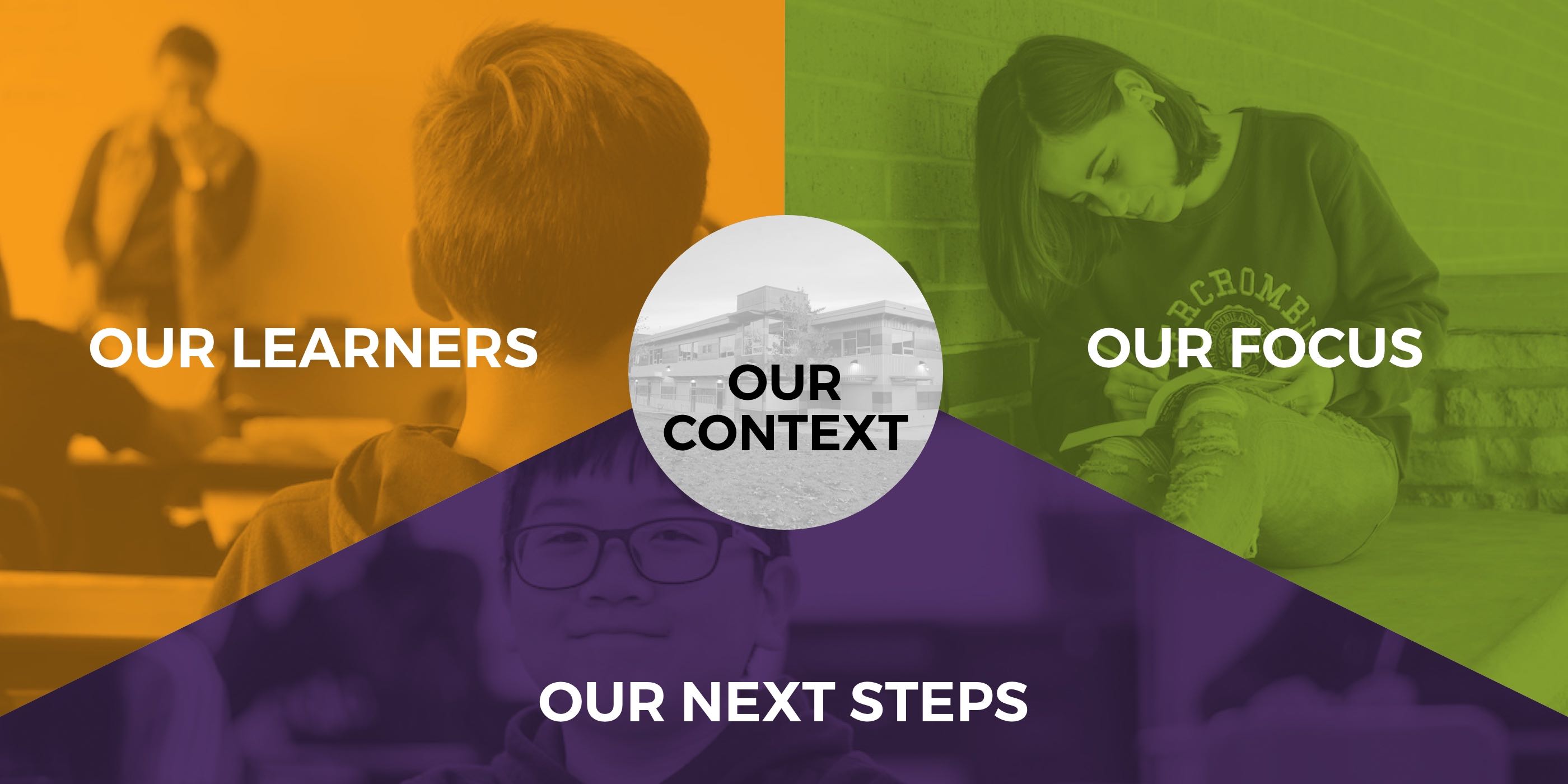

OUR CONTEXT
Cambridge Elementary is situated in the rapidly growing Sullivan Heights neighbourhood of Surrey, B.C.—a diverse and family-oriented community known for its vibrant cultural landscape and strong community values. As one of the largest elementary schools in the area, Cambridge plays a central role in the lives of local families, serving as both an educational institution and a community hub.
The school’s population reflects the multicultural richness of Surrey, one of Canada’s most diverse cities. This diversity is not only embraced but woven into the fabric of school life, informing teaching practices, school events, and community engagement. Cambridge Elementary is uniquely positioned to support students from a wide range of backgrounds, offering programs and supports that are responsive to the needs of its learners and their families.
With a strong reputation for academic excellence, inclusive education, and community involvement, Cambridge Elementary continues to be a beacon of belonging and brilliance in the Sullivan area—where every child is known, valued, and inspired to succeed
Located in the heart of the Sullivan area, Cambridge Elementary is a vibrant and inclusive school community of over 800 students, representing a rich mosaic of cultures, languages, and perspectives. At Cambridge, we celebrate diversity as a strength and strive to ensure every student feels a deep sense of belonging.
Our commitment to student success goes beyond academics. We prioritize both learning and the social-emotional well-being of our students through trauma-informed practices and culturally responsive classrooms. Every child is supported to thrive in an environment where they feel safe, respected, and empowered.
Cambridge also offers a wide range of extracurricular opportunities that enrich student life and foster leadership, creativity, and teamwork. From sports teams and music programs to coding clubs, art initiatives, and student leadership councils, there’s something for every interest. These activities help students build confidence, form lasting friendships, and discover their passions beyond the classroom.
At Cambridge Elementary, we are proud to be a place where learning is joyful, inclusive, and deeply connected to the whole child.
As Cambridge All-Stars, we strive to create a safe, supportive, learner-centered community in which we engage with our hearts and minds, take ownership, and demonstrate pride in ourselves and our school. We believe in the importance of developing a sense of belonging alongside a love of learning, with staff and students alike. Having had a focused inquiry on literacy, social emotional learning and goal setting in relation to math, a shift in our priorities became evident as our community was changing.
Cambridge staff strive to maintain a collaborative culture reflective of pedagogical practices that nurture and support student learning. Moving forward, Cambridge staff recognize the priority of social emotional wellness and resiliency preparing both staff and students for learning and life.
Our new focus will lean into the area of literacy with the purpose of engaging active listeners, readers and viewers. We will conduct this through the lens of showing learning in reading comprehension by the questions students ask and the ideas they share.
Foundational to cultivating a sense of belonging at Cambridge is a listening culture that values the perspective, voice and and ideas of many. Building on the All- Star qualities, Cambridge aspires to reflect:
~ Collaboration
~ Meaningful dialogue
~ Restorative practice
~ A trauma informed lens
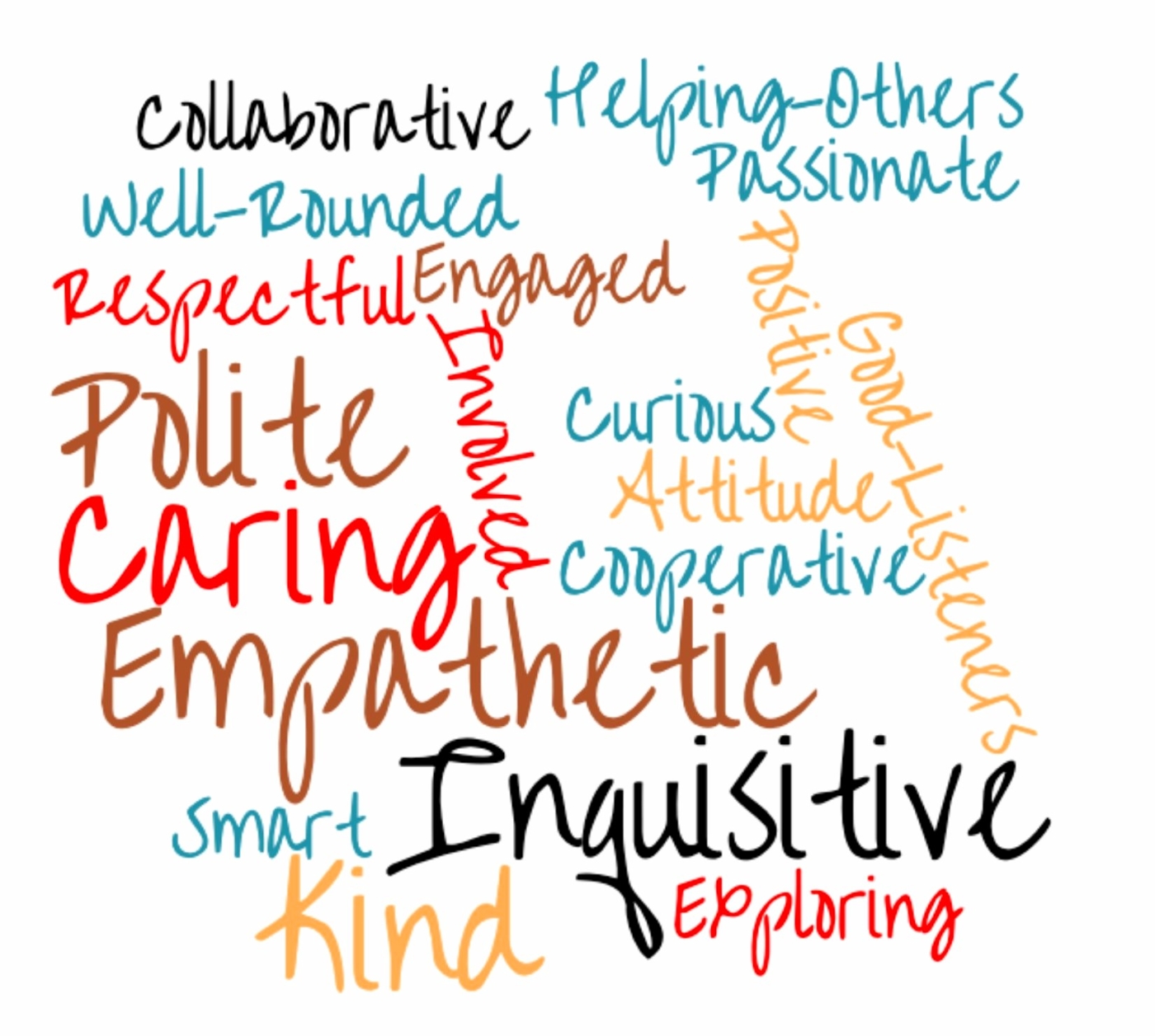
OUR LEARNERS
Our Learners at Cambridge Elementary: Curious, Capable, and Connected
At Cambridge Elementary, we are proud to support a vibrant community of approximately 800 learners from Kindergarten to Grade 7. Our students reflect the rich cultural diversity of Surrey, bringing with them a wealth of knowledge, perspectives, and experiences that enrich our school community every day.
Our learners are at the heart of everything we do. We are passionate about nurturing each student’s unique learning journey through trauma-informed practices and culturally responsive classrooms. We believe that when students feel safe, supported, and seen, they are empowered to take ownership of their learning and grow into confident, compassionate individuals.
As Cambridge All-Stars, our students strive to engage with both their hearts and minds. They ask thoughtful questions, explore new ideas, and embrace challenges as opportunities to grow. Whether they are participating in academic learning, exploring their passions through extracurricular programs, or developing their voice as English Language Learners, our students are encouraged to be curious, reflective, and resilient.
Our students consistently demonstrate excellence across a wide range of areas—from academic competitions and public speaking to athletics, the arts, and community service. They lead school-wide initiatives, contribute to environmental sustainability efforts, and showcase their talents in performances, exhibitions, and tournaments. These achievements are a testament to their hard work, creativity, and the supportive learning environment we cultivate together.
We are committed to fostering lifelong learners—students who not only achieve academic success but also develop the skills, empathy, and confidence to thrive in a diverse and ever-changing world. At Cambridge, our learners take pride in themselves, their school, and the community they help shape every day.
Cambridge is a learning environment where students and staff willingly and regularly involve themselves in a multitude of activities to inspire and encourage the values of ownership, perseverance, kindness and respect.
The students of Cambridge Elementary consistently work towards maintaining a sense of ownership and belonging. The school community has had a meaningful focus on social emotional well-being and the wellness of our learners. With this in mind we have the hope that it will increase a sense of belonging and the ability to self-regulate both in and out of the classroom.
Cambridge Learners are Focusing on Writing
The students of Cambridge are learning to write because writing is an important life skill necessary for both formal and informal communication. Writing practice also helps develop reading skills.
Cambridge students work on developing writing skills daily through journal-writing, cross-curricular essays, digital presentations and other written assignments. We are a community of writers.
Some writing goals Cambridge students are working on:
1. Cambridge Students can Create Stories Through Play
2. Cambridge Students Can Use Story Elements Appropriately
3. Cambridge Students Can Create Proper Story Structures
OUR FOCUS
The focus at Cambridge on developing primary students' writing skills through the Story Workshop method offers an incredibly enriching learning opportunity! Using "loose parts" to help young children create narratives is a brilliant way to engage their natural creativity and playfulness while teaching them about story elements and structure.
Here are the key goals and benefits of this approach:
Writing Goals:
Create Stories: Students learn to craft narratives that enhance their understanding of themselves, their families, and their communities.
Effective Communication: Students practice using sentences and adhere to Canadian conventions of spelling, grammar, and punctuation.
Benefits of the Story Workshop Method:
Engagement Through Play: The use of "loose parts" like buttons, feathers, and blocks makes storytelling a hands-on and imaginative process.
Understanding Story Elements: By manipulating these objects, students can visually and physically structure their stories, reinforcing their understanding of plot, characters, setting, and more.
Community and Self-Awareness: Storytelling becomes a means of exploring personal and communal narratives, fostering a deeper connection to their world.
This is an amazing initiative to nurture budding writers.
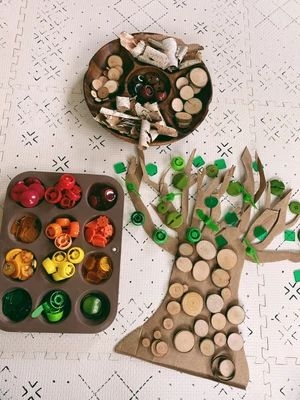
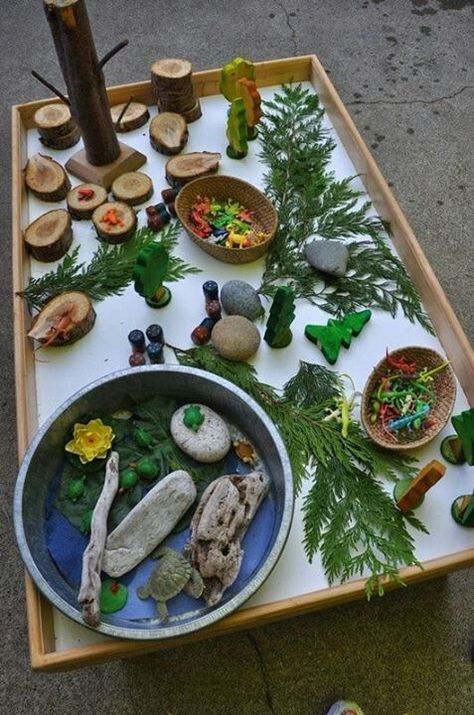
Incorporating loose parts into storytelling activities offers several benefits for early learners and English Language Learners (ELL):
Enhanced Creativity and Imagination:
Visual and Tactile Engagement: Loose parts, such as buttons, feathers, blocks, and ribbons, allow children to physically manipulate objects to build narratives, sparking their creativity.
Playful Learning: Engaging with these items makes learning feel like play, which is a natural mode of exploration for young children.
Language Development:
Vocabulary Expansion: Describing and discussing the loose parts helps children learn new words and concepts.
Sentence Structure: Using objects to create stories encourages the use of complete sentences and coherent thought processes.
Story Structure Understanding:
Concrete Representation: Loose parts provide a tangible way for children to understand abstract concepts such as beginning, middle, and end, characters, settings, and plots.
Inclusivity for ELL Learners:
Non-Verbal Expression: For ELL students, loose parts can help bridge language gaps by allowing them to express their ideas and narratives through visual means before they have the vocabulary to do so.
Contextual Learning: Manipulating objects in storytelling provides context clues that aid in understanding and using new vocabulary and grammar structures.
Cognitive and Social Skills:
Problem-Solving: Creating stories with loose parts requires decision-making and sequencing, which are essential cognitive skills.
Collaboration: Often, storytelling with loose parts is done in groups, promoting social interaction and collaborative learning.
Nurturing Young Writers Through Story Workshop at Cambridge Elementary
At Cambridge Elementary, we believe that every child is a storyteller—and we are committed to nurturing that voice from the earliest years. Our focus on developing primary students’ writing skills through the Story Workshop method offers a powerful and enriching foundation for literacy and self-expression.
Using “loose parts” such as buttons, feathers, blocks, and ribbons, students are invited to explore storytelling through play. This hands-on, imaginative approach allows young learners to physically build their narratives, making abstract concepts like plot, character, and setting more concrete and accessible.
Writing Goals at Cambridge:
Create Stories Through Play
Students use imaginative play to craft narratives that reflect their understanding of themselves, their families, and their communities.Use Story Elements Appropriately
Learners develop the ability to include characters, settings, problems, and solutions in their stories.Create Proper Story Structures
Students learn to organize their ideas with clear beginnings, middles, and endings.
Benefits of the Story Workshop Approach:
Engagement Through Play
Learning becomes joyful and meaningful as students manipulate objects to bring their stories to life.Language Development
Storytelling with loose parts supports vocabulary growth, sentence formation, and coherent expression—especially valuable for English Language Learners (ELLs).Understanding Story Structure
Tangible materials help students grasp narrative flow and structure in a developmentally appropriate way.Inclusivity and Accessibility
For ELLs and diverse learners, non-verbal storytelling offers a bridge to language, allowing them to express complex ideas before mastering the vocabulary.Cognitive and Social Growth
Story Workshop fosters problem-solving, sequencing, collaboration, and empathy as students share and build stories together.
At Cambridge, we are proud to be a community of writers. Through Story Workshop, our youngest learners are not only developing essential literacy skills—they are discovering the power of their voices and the joy of storytelling in a safe, supportive, and creative environment.
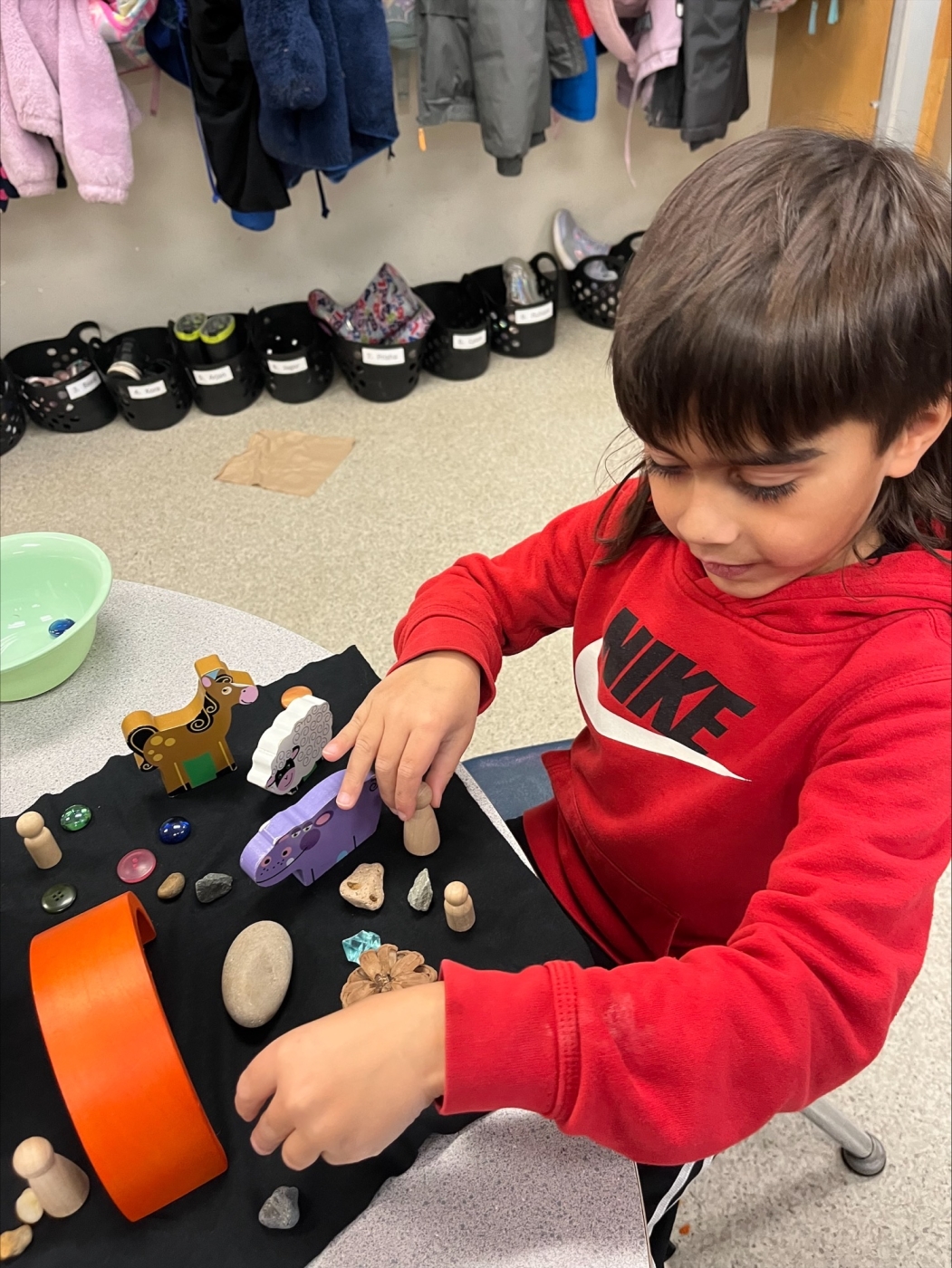
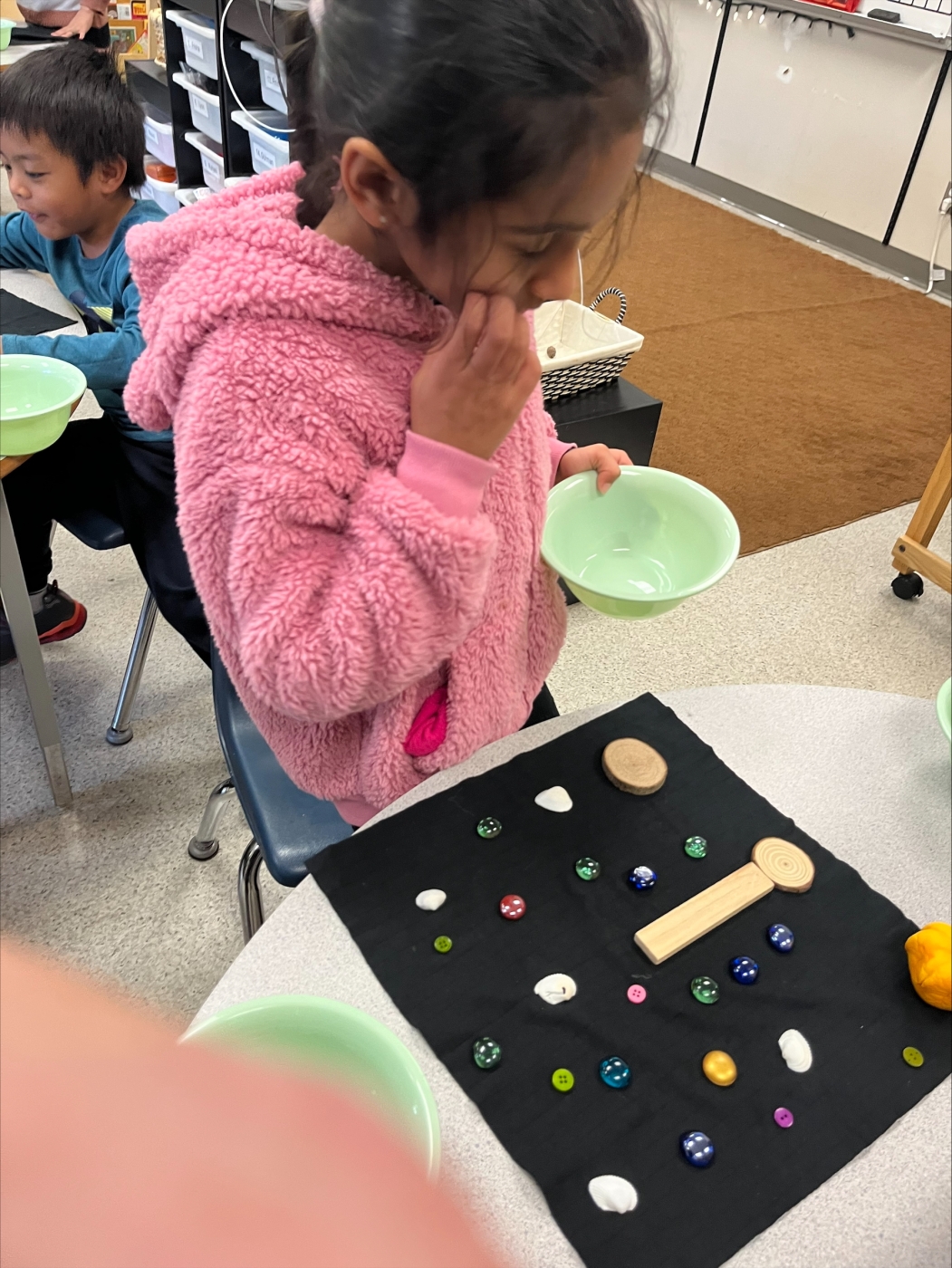
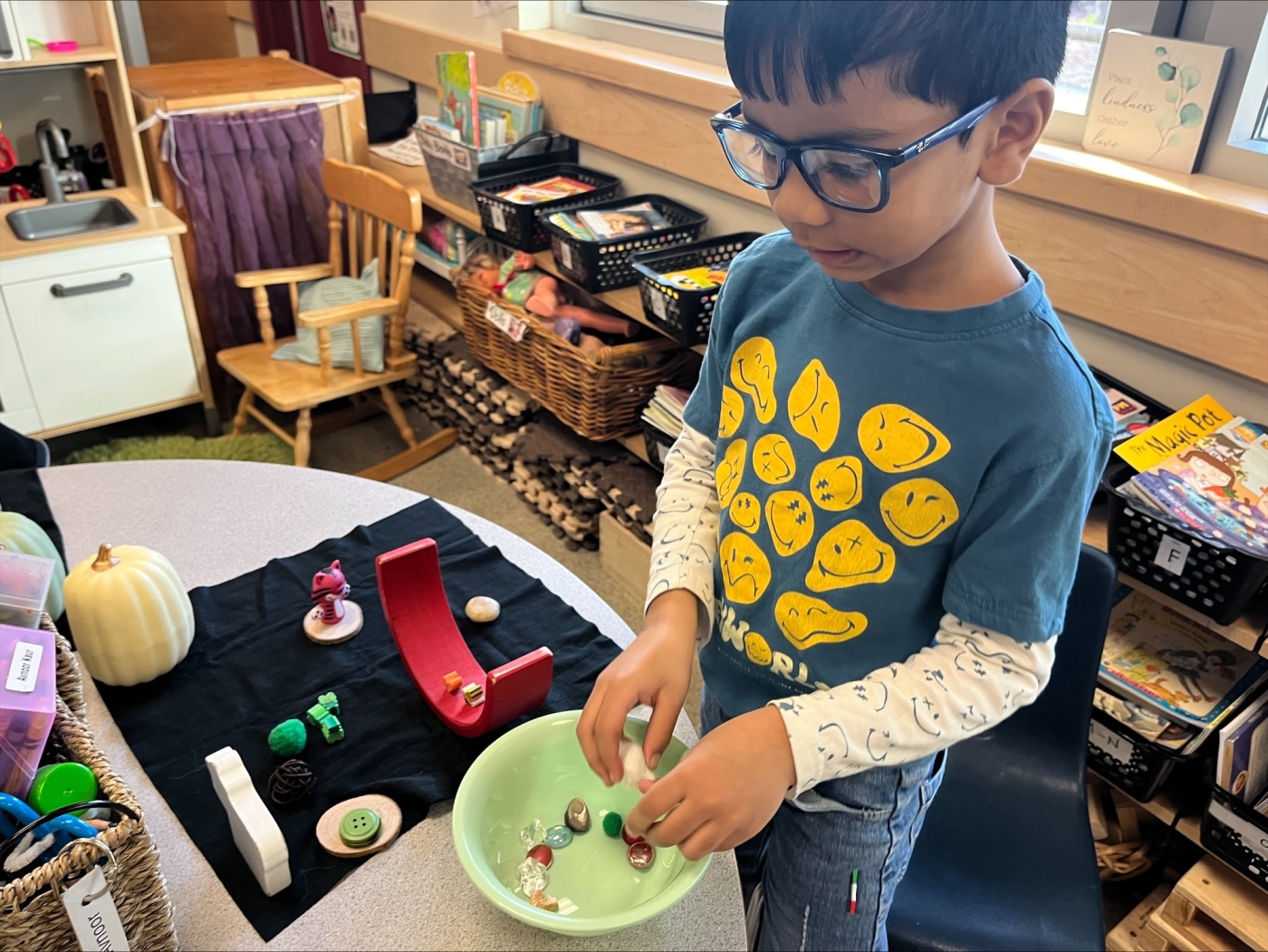
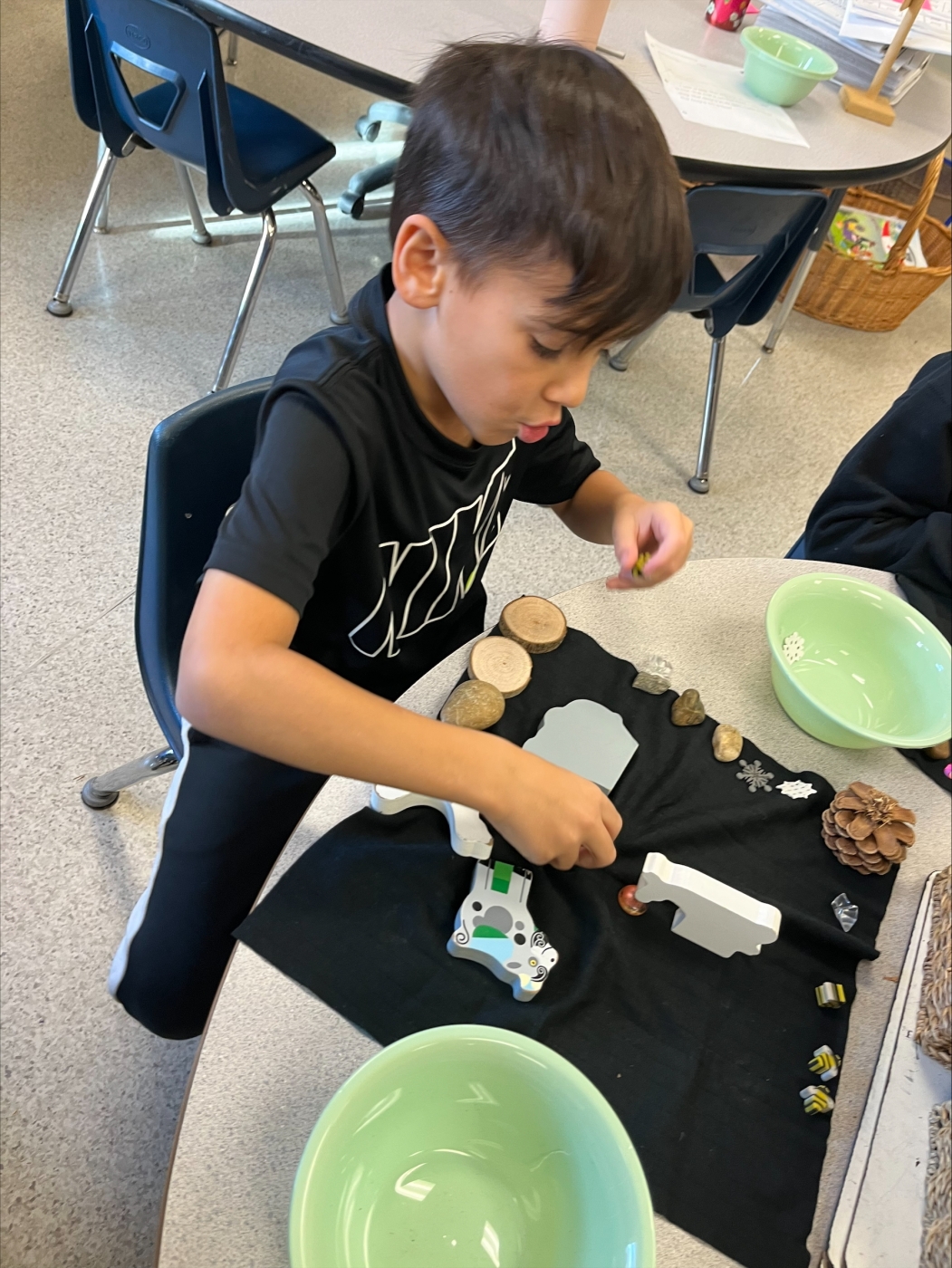
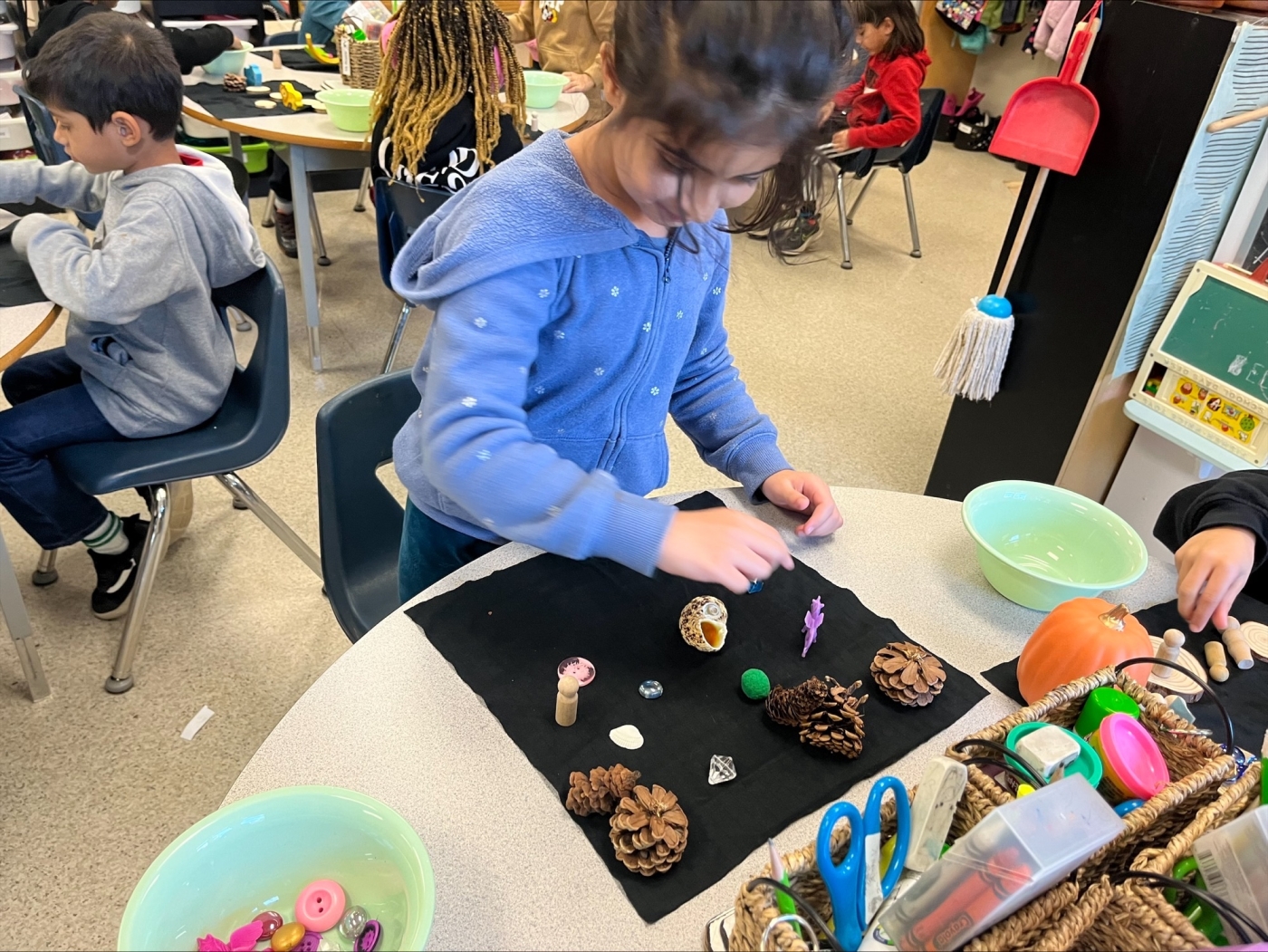
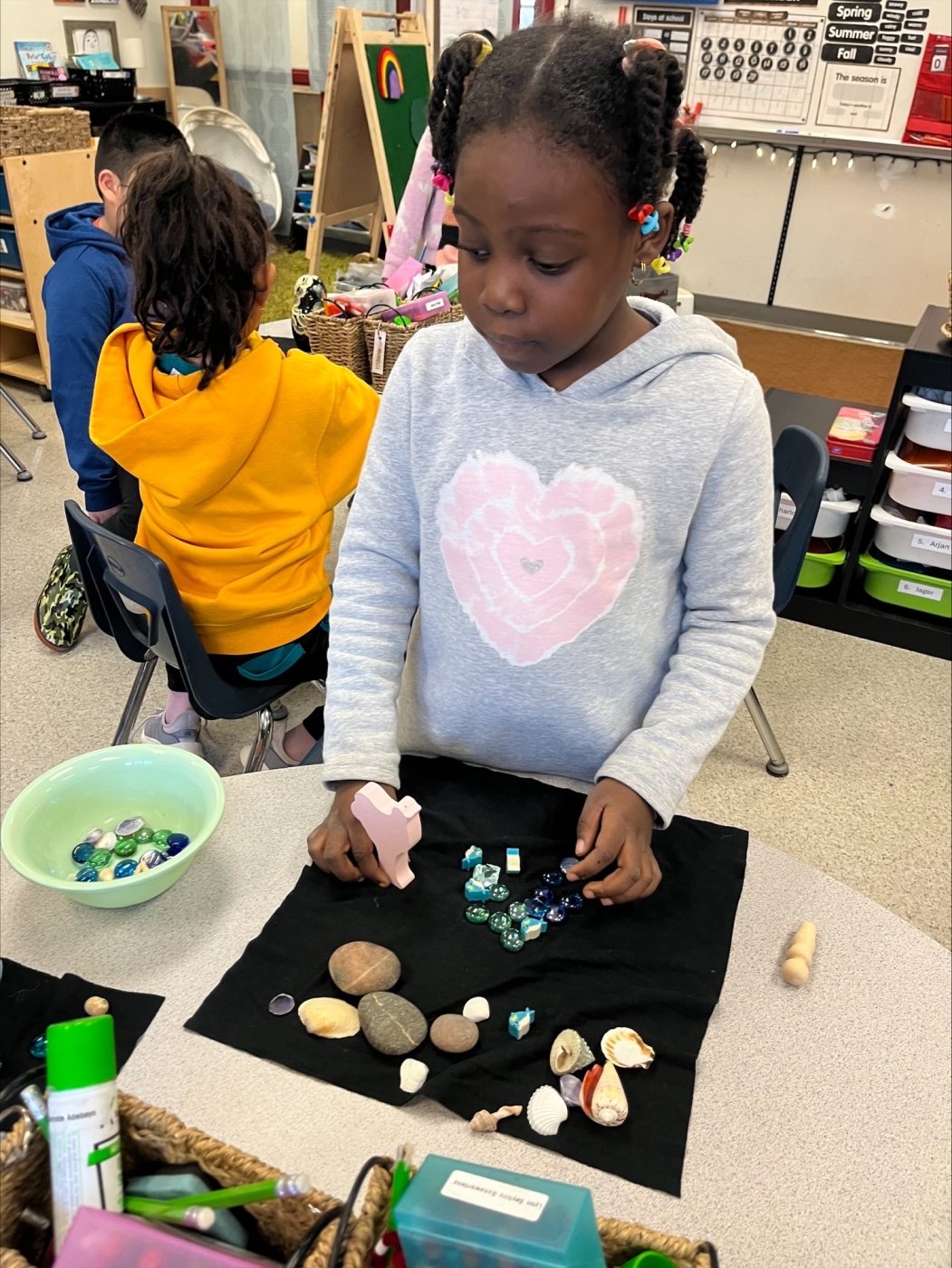
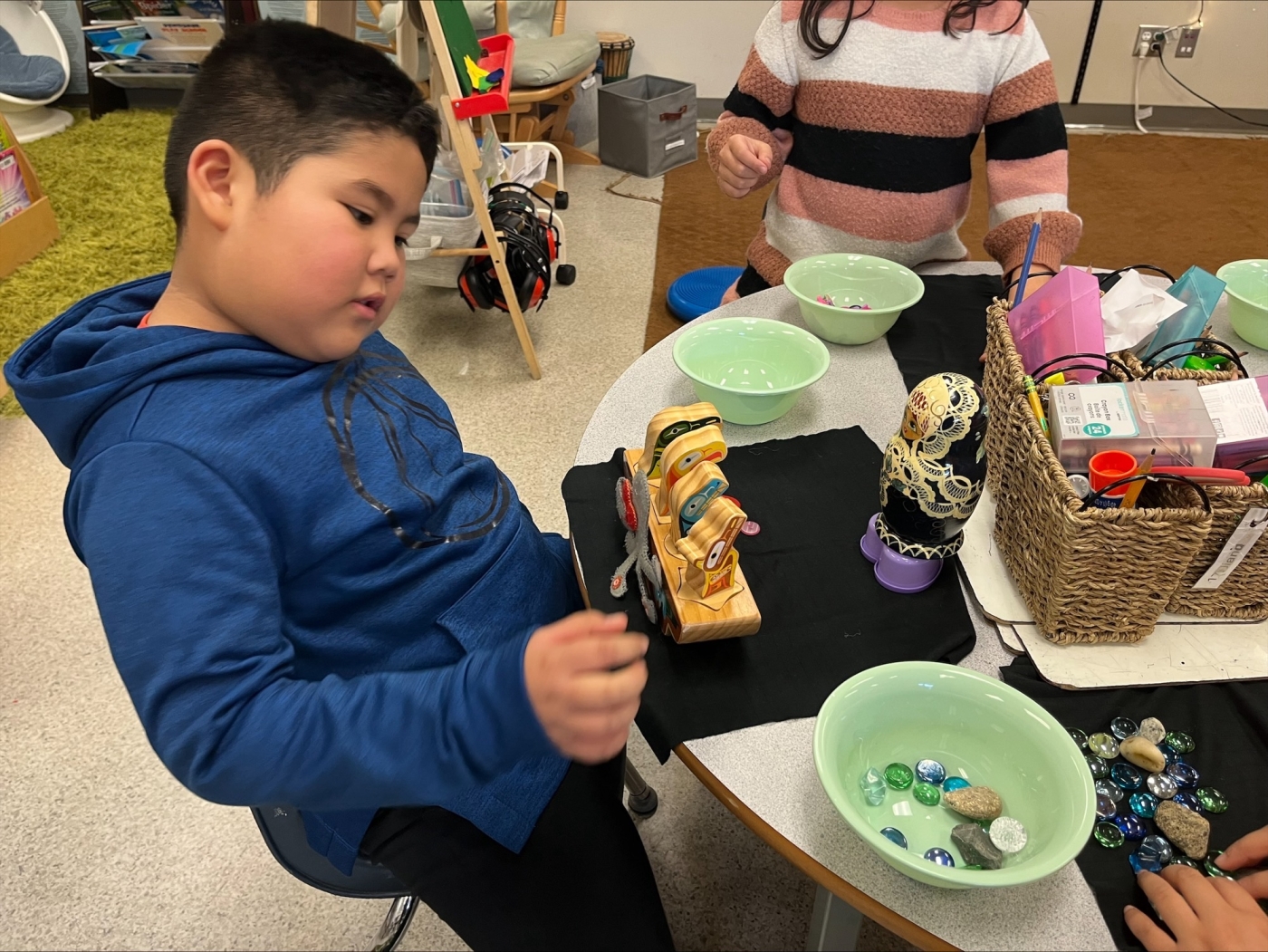
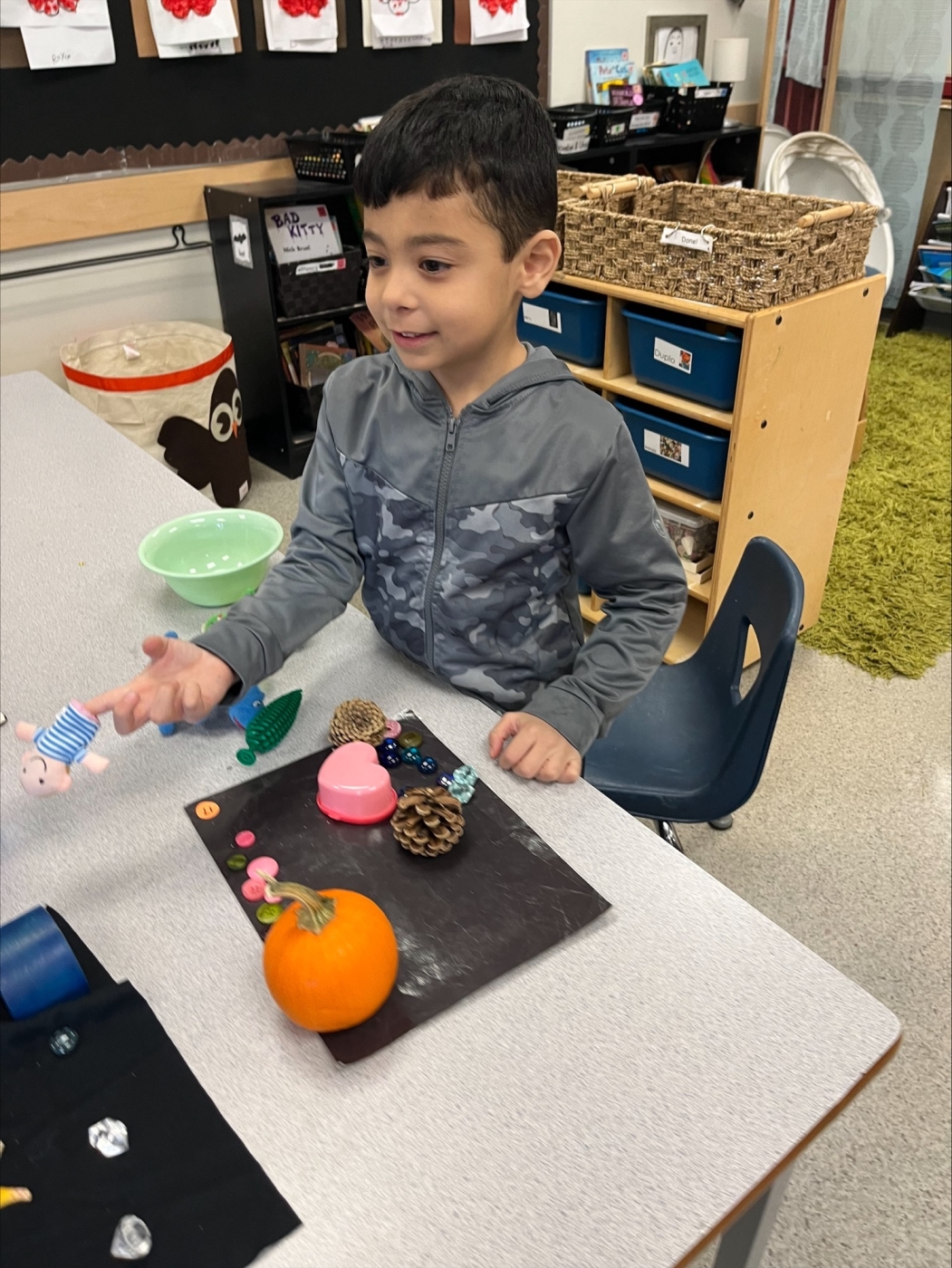
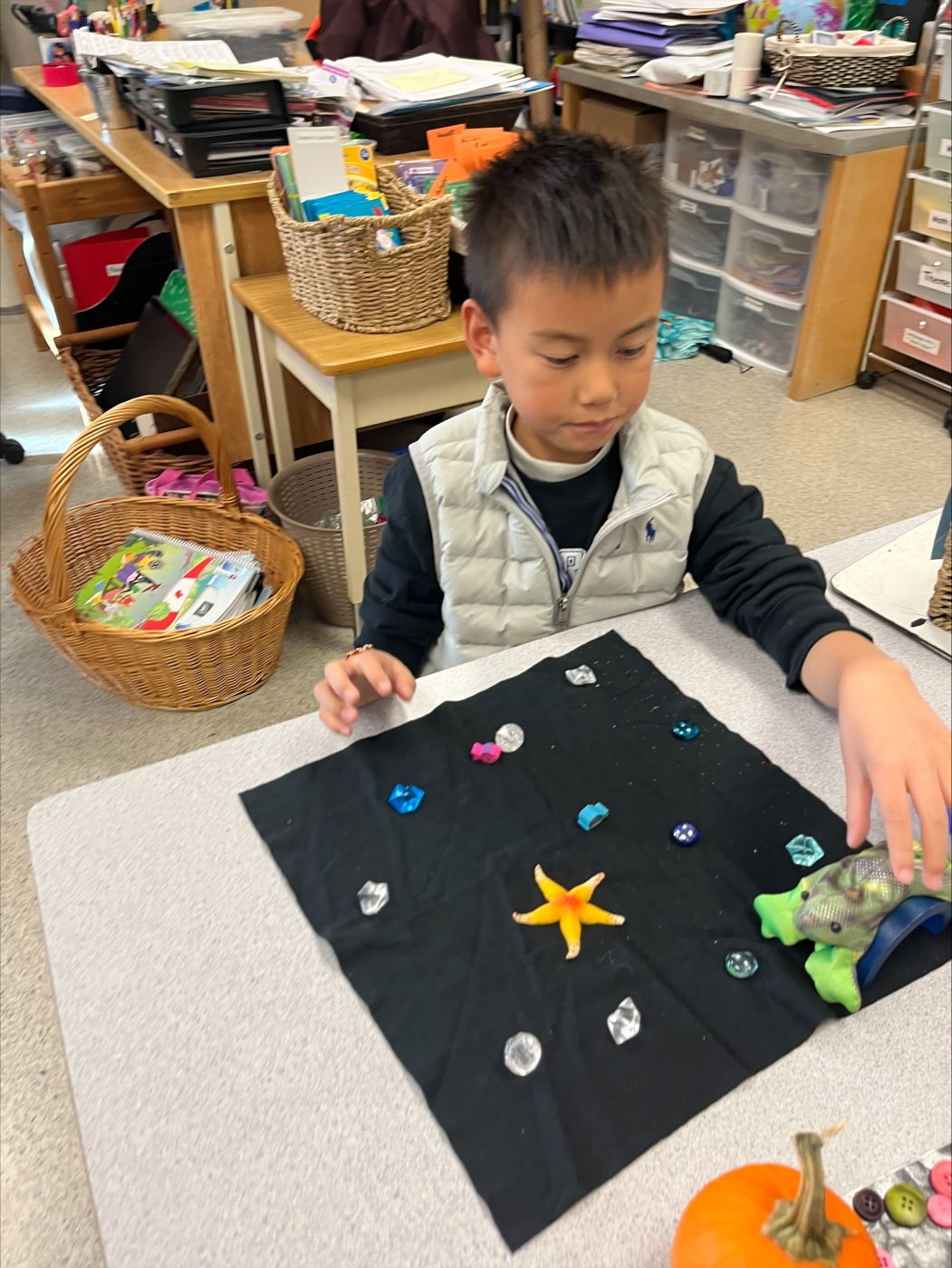
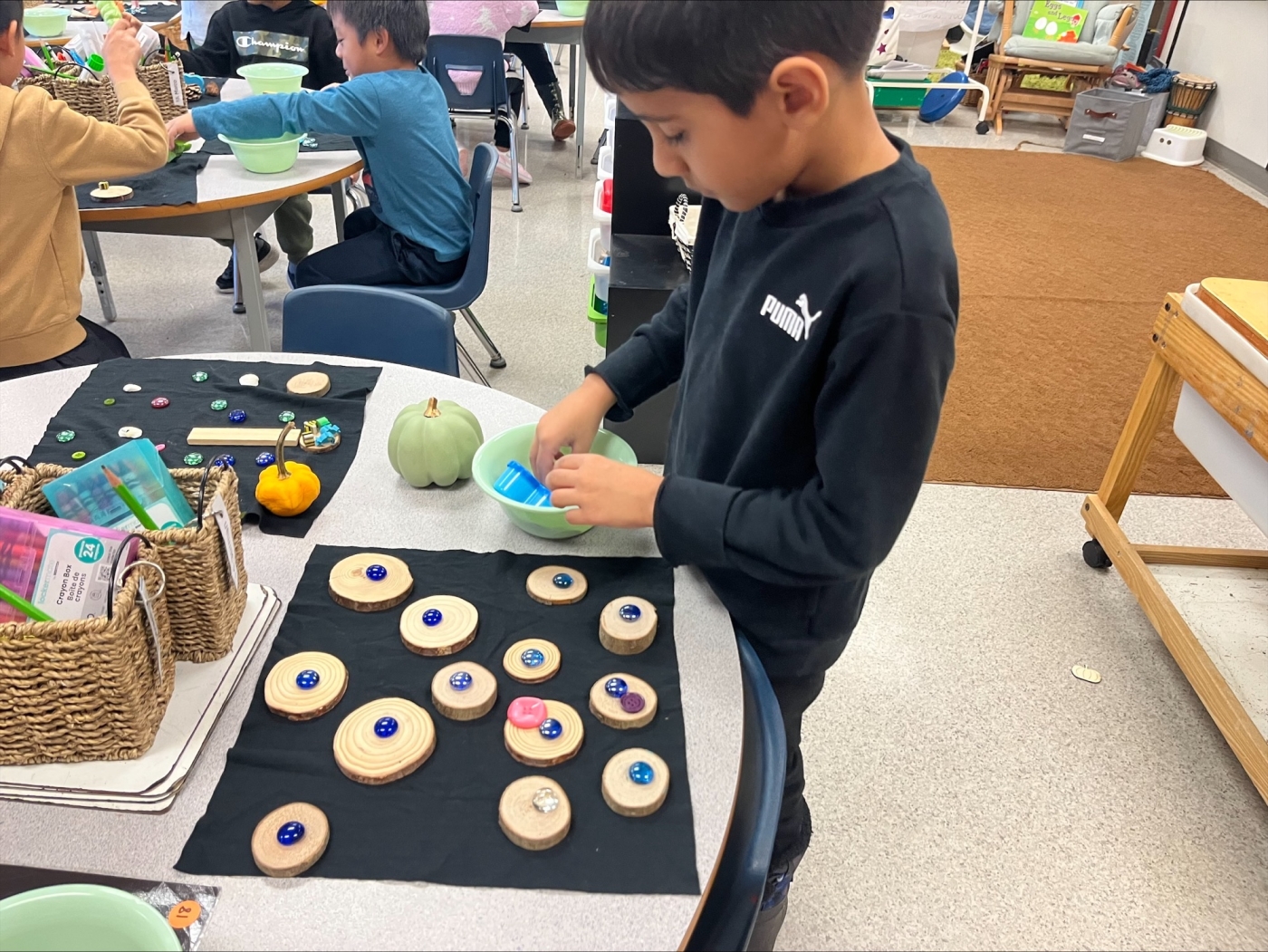
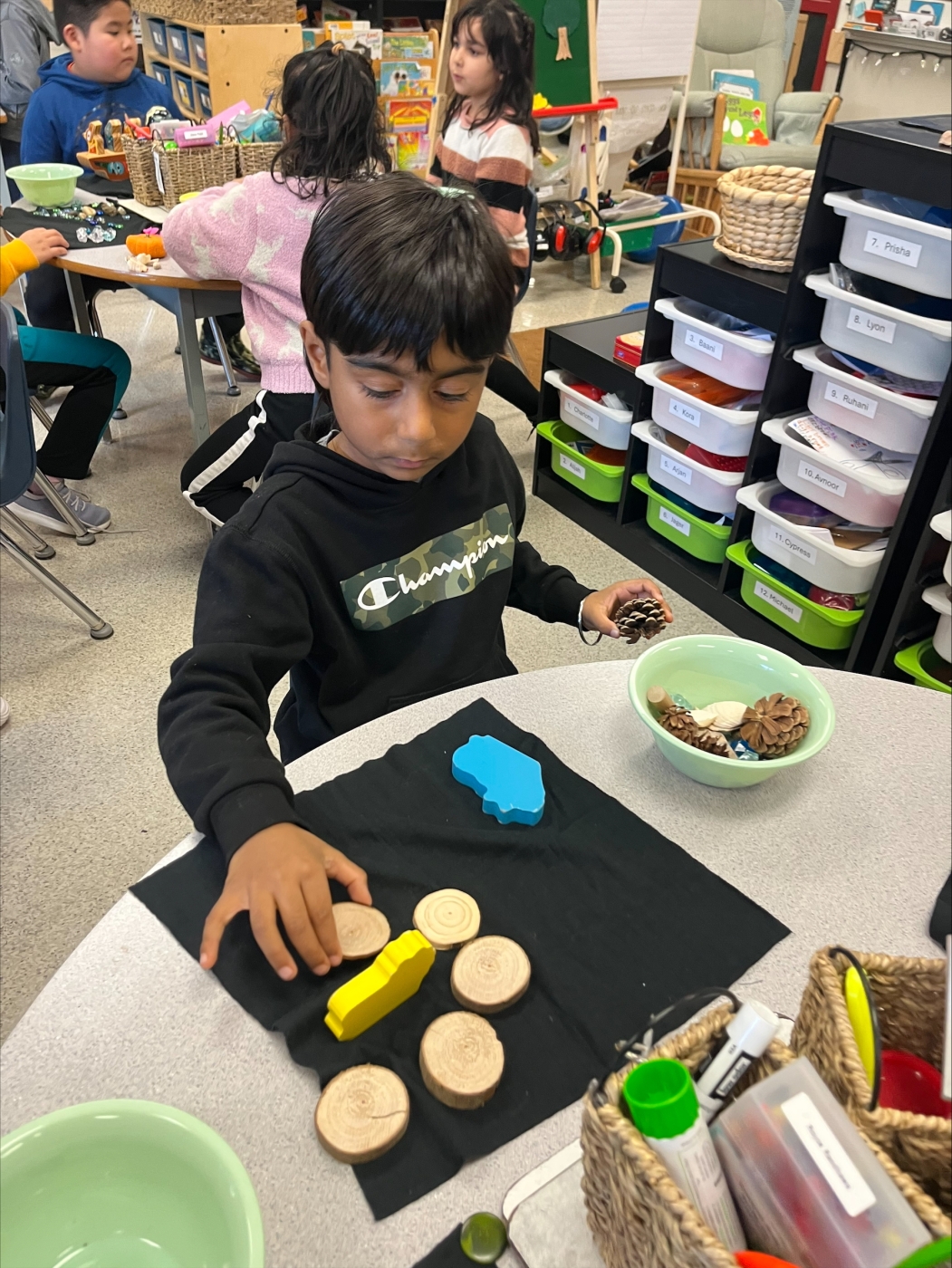
OUR NEXT STEPS
Next Steps at Cambridge Elementary: Deepening Learning Through Story Workshop and Indigenous Storytelling Practices
At Cambridge Elementary, we are committed to nurturing a learning environment where every student’s voice is valued and their growth is thoughtfully supported. As we continue to implement the Story Workshop method using loose parts, our next steps focus on gathering rich, authentic data to inform instruction and celebrate student learning.
Our Data Collection Strategies Include:
- Photographic and Video Documentation: Capturing students’ storytelling processes and creations in real time.
- Story Workshop Recordings: Using video, photos, writing samples, and verbal storytelling to document how students express ideas and structure narratives.
- Anecdotal Observations: Recording student interactions, language use, and story development.
- Questioning and Responding: Encouraging students to reflect on what makes a strong question and a thoughtful response.
- Rubrics for Intermediate Learners: Assessing story structure, language use, and creativity.
- Buddy Class Collaborations: Fostering mentorship and cross-grade learning through co-created stories.
Integrating Indigenous Storytelling Practices
As part of our commitment to reconciliation and inclusive education, we are intentionally incorporating Indigenous storytelling traditions into our Story Workshop approach. These practices honor oral histories, cultural teachings, and the land-based knowledge of Indigenous Peoples. Examples include:
- Circle Storytelling: Students gather in a circle to share stories, emphasizing listening, respect, and community—core values in many Indigenous cultures.
- Seasonal and Land-Based Stories: Learners explore stories tied to the land, animals, and seasons, such as the Coast Salish stories of the salmon or the cedar tree, connecting narrative to place and environment.
- Use of Traditional Story Elements: Incorporating symbols, animals, and teachings from Indigenous oral traditions to help students understand deeper meanings and values.
- Elder and Knowledge Keeper Visits: Inviting Indigenous community members to share stories and teachings, providing authentic voices and lived experiences.
- Visual Storytelling: Encouraging students to use natural materials and loose parts to represent traditional stories, fostering both creativity and cultural understanding.
Supporting All Learners
We are especially focused on ensuring that emerging and developing learners, including our Indigenous students, are supported through inclusive, culturally responsive practices. Teachers will reflect on student progress, ensuring that all learners are seen, heard, and celebrated in their storytelling journeys.
Through these next steps, Cambridge continues to build a learning community rooted in respect, creativity, and connection—where stories are not only told, but deeply understood and honoured.
